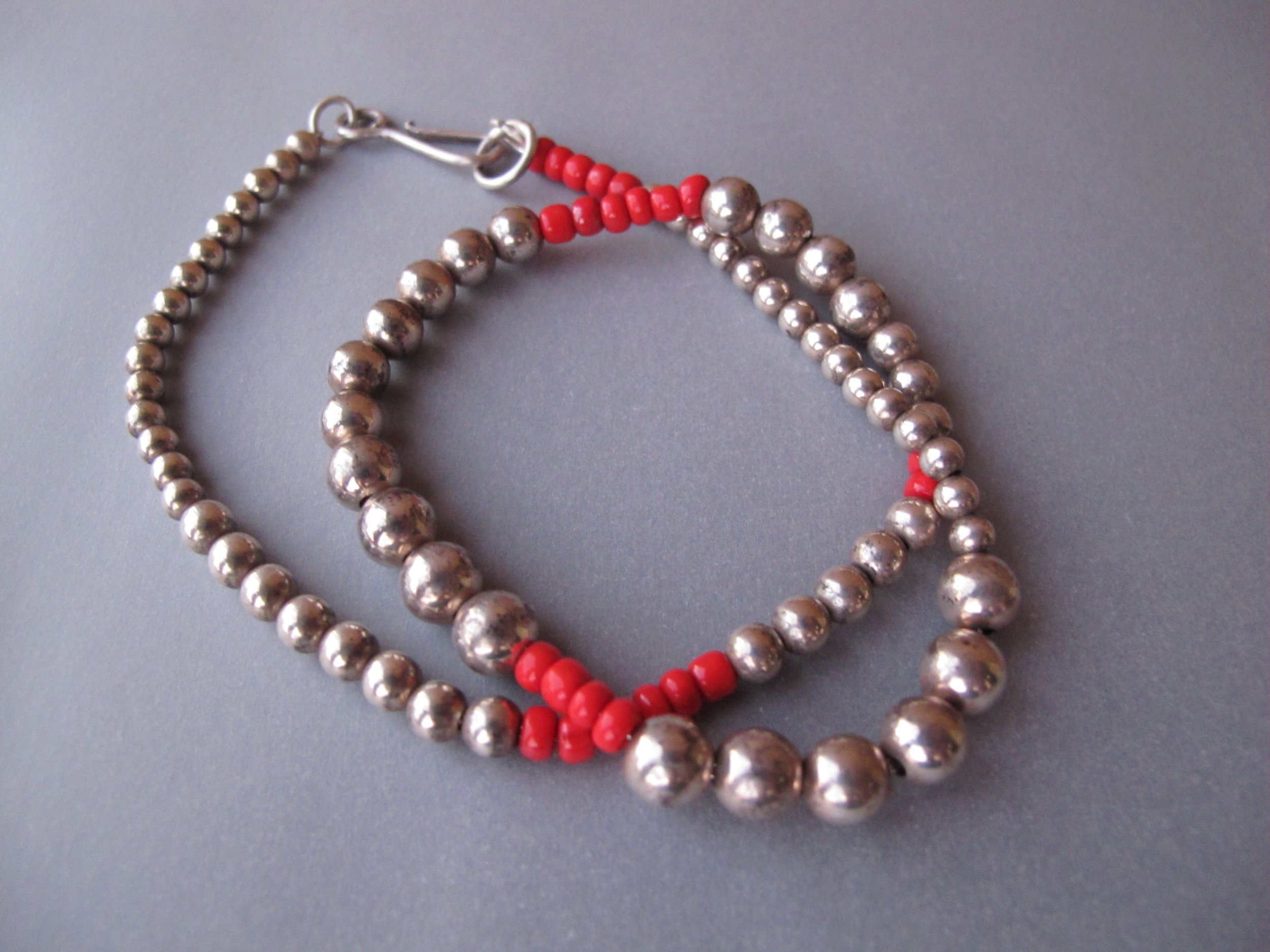The first Radical Jewelry Makeover project I participated in is always in the back of my mind. The materials I order, the stones I choose, the presents I buy my jewelry loving mother, where I buy my groceries, where I go out to eat, all these aspects of my daily life have been informed by the RJM project. I make a concerted effort to choose the lowest impact product—impact meaning how it was made, how far it was shipped, who made it, how the store that is selling it treats their employees—these are factors that really came into play when I started literally and figuratively disassembling these parts of commodities.
Throughout the centuries, existing metal objects have been melted down to produce other objects. Even now, weapons, structures, sculptures, and jewelry are all commercially made with recycled materials. I too will melt down no longer relevant pieces to generate new ones. I am mindful of the combinations of materials I use, the techniques I use in combination with other techniques, keeping the reality of reuse in mind as I work.
I found that working in isolation, away from the energy and ideas of my students, to be a real challenge this time. I used the energy and curiosity of my students on the last RJM project to engage and find compelling combinations of the given materials; this go-round I seem to be making more opportunistic associations of materials, rather than strategic ones. I will be happy to work with students on the next RJM!
As I sifted through the materials sent to me, I again had the profound senses of loss, waste, intent, and sentimentality. Who were these earrings worn by? Why on earth would someone buy this thing?! Was this an heirloom in someone’s family? Did the donors know they had a signed piece of vintage Navajo work? These questions and thoughts put what we do in clear perspective. Ego is so much a part of why we make; what we do is terribly important to us, it is rather important to the first owner, the second owner maybe not so much… you can see where this goes. It is refreshing to be reminded that our work is both as special and not as special as we might want to think.
I was surprised at the end to see what I had chosen to work with. When I initially opened the box, I was so excited about the tiny dice! There were really interesting patterns and textures, as well as a few interesting religious pieces in the box. In the end, I really only worked with about three or four of the original objects, deconstructing them, reconstructing them without really changing them very much. I like that these pieces reference what they were in their past life, that they give a (big) hint to the former owners what their donated pieces became. The dice, I’m sad to say, are back in the bag for the next go-round.
Born in Atlanta Georgia in 1972, Suzanne Pugh began her metals and jewelry education in high school, continued at The University of Georgia under the gruff guidance of Gary Noffke and the patient direction of Rob Jackson. Further study with the ever tolerant Elliott Pujol at Kansas State University led her to an MFA degree which she uses daily, expounding metal and metal related ideas in a collegiate setting in San Francisco, California. Suzanne is interested in material, metaphor, line, contrast, and narrative in her work.
www.suzannepugh.org













